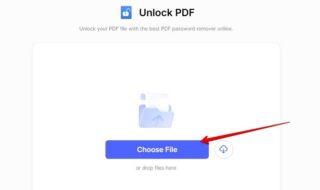Chrome Browser and Windows Hello are well integrated into each other’s system. As a result, Chrome users have to authenticate on Windows Hello before giving Chrome access to all their passwords. Microsoft does this to improve security but many people find this extra step a burden. They want quick movements in their browsing experience which is not possible with Windows Hello. If you also want to get rid of Windows Hello from Chrome then this guide will tell you how to disable it.
Contents
Method 1: Disabling Windows Hello from Chrome Settings
If you find Windows Hello annoying then you can disable it from the settings of Chrome browser. Turning off the Windows Hello from Chrome is a task that you should perform first.
- Launch Google Chrome, find the dots where you will see the setting’s option.
- From there, go to settings.
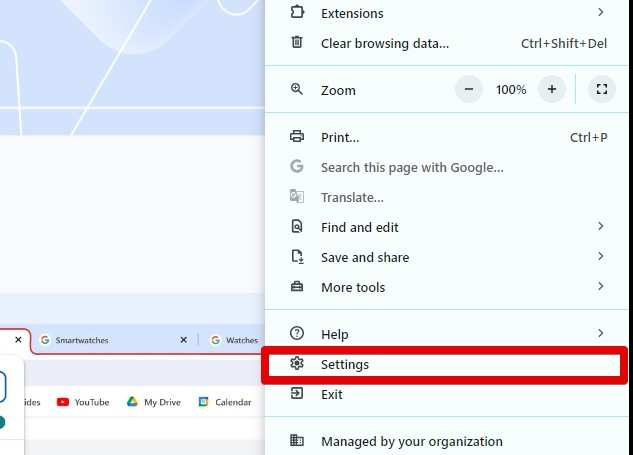
- Select “Autofill and passwords” from the left-hand pane, then click “Google Password Manager.”
- Locate ‘Settings’ on the left sidebar of Google’s Password Manager. Turn off the toggle next to “When filling in passwords, use Windows Hello.”
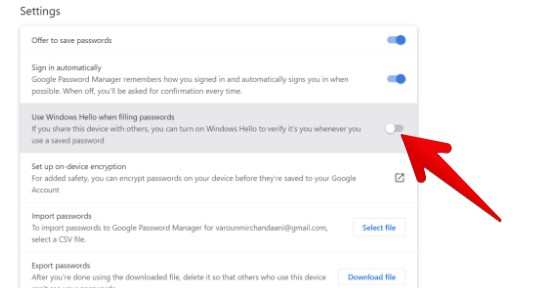
- A prompt ask for verification in regards to your Windows Hello.
- Enter the Windows Hello PIN to confirm the changes.
By following these steps, you effectively disable Windows Hello for Chrome Passwords in Google Chrome. This enhances privacy and security by preventing the use of Windows Hello for autofill activities in the browser.
Method 2: Install Google Chrome Again
Users may need to reinstall Google Chrome if they continue to experience pop-up problems even after making changes to their settings. To guarantee a clean reinstallation, do the following:
- Press Windows + I to open Windows Settings. Go to “Apps” which you will see on the left side and then go to “Installed apps.”
- Scroll through installed apps and you will find Google Chrome. Select the three-dot symbol that is next to Chrome.
- Hit on ‘Uninstall’. Windows will then carry out the computer’s Google Chrome uninstall.
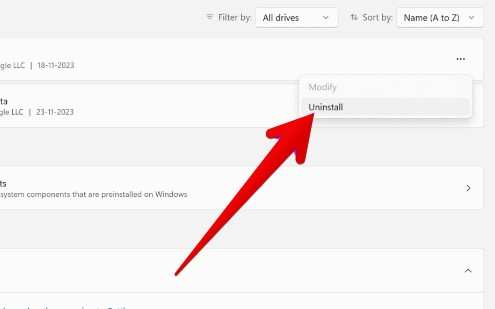
- Download and reinstall Google Chrome using the official installer after uninstalling it. To enable Chrome to restore all of your settings and configurations, log in with your Google account.
After the reinstallation is finished, go back and use the first technique to turn off Windows Hello for Google Chrome. Reinstalling the program usually fixes persistent pop-up problems and makes sure the desired settings are applied. This thorough method assists in removing any possible bugs, giving Chrome a clear slate to operate without intrusive pop-ups.
Method 3: Utilize Windows Settings
Windows Hello can be stubborn at this point and can still show up like you never disabled it. In such cases, you can disable it from the Windows settings. The settings hub contains many options and controls including an indirect option to disable Windows Hello.
- Go to “Start” and hit the settings button right above the power button.
- Windows Settings will open up and you can look at it. On the left side of the window, you will see many options including home, personalization time & language, etc. Click on the accounts option.
- All the options and details regarding Windows accounts will show up. You have to select the sign-in section which is labeled “sign-in options”.
- The Windows settings are now showing all the ways you can enter your computer. It also shows the option to change passwords and pins. Click on the PIN option and hit “remove”.
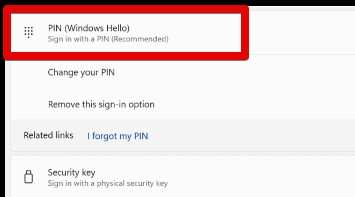
- A confirmation will be required and a hit again on “Remove”.
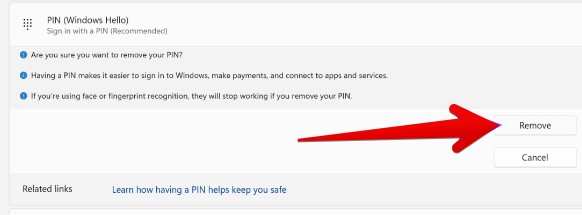
- Enter your password to finalize the process.
Removing the PIN from Windows settings will disable Windows Hello on your computer. Although you are now free of that daunting Hello, your computer may be vulnerable because it does not require a password to sign in.
If all things go south and you do not find solutions regarding Windows Hello, then you can use another browser. Use a Chromium-enabled browser so that all Chrome extension also works on that browser as well.
Conclusion
You will reap the benefits of using the methods and your Windows Hello will be disabled. After you disable this feature, you do need to authenticate yourself on Windows Hello to save passwords on Chrome Browser. Either you enter your PIN or let Google Password Manager do its magic.

